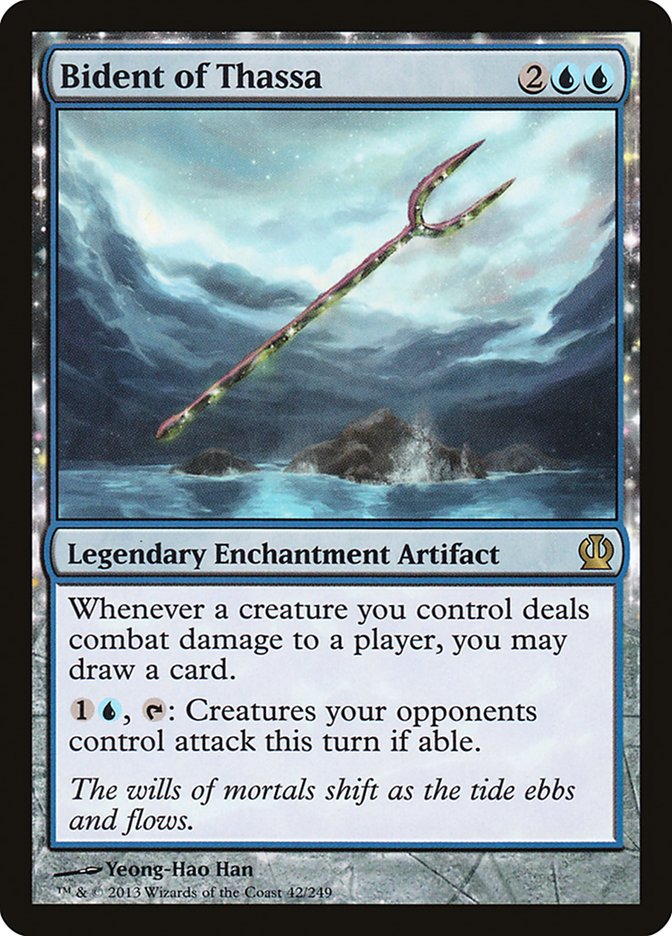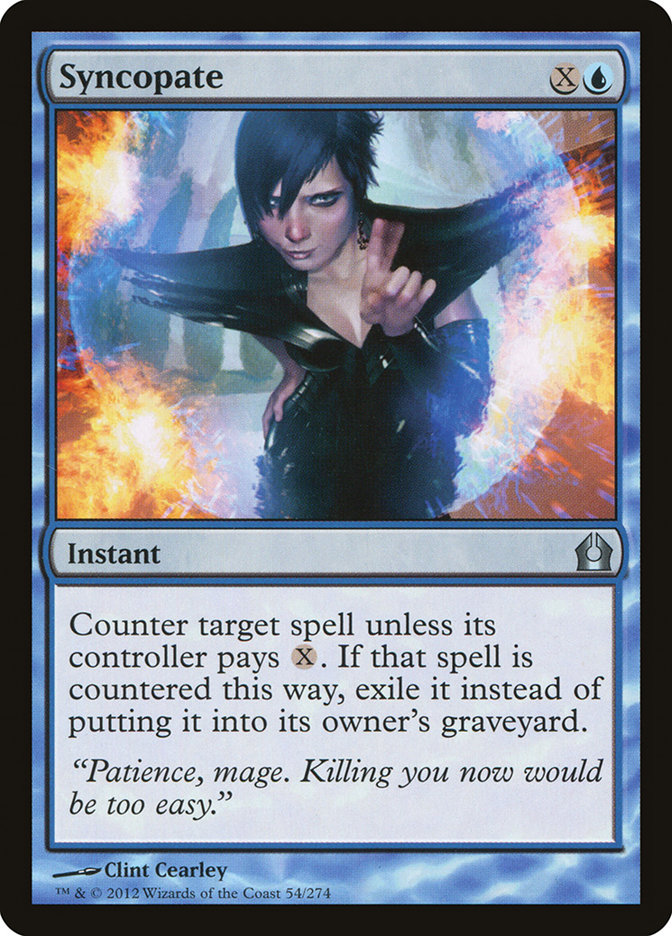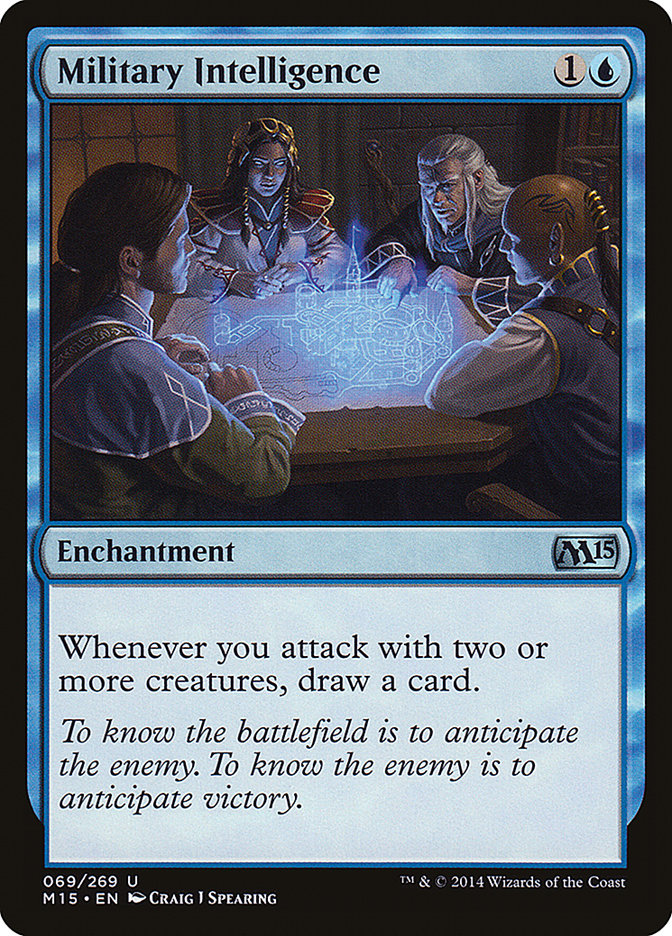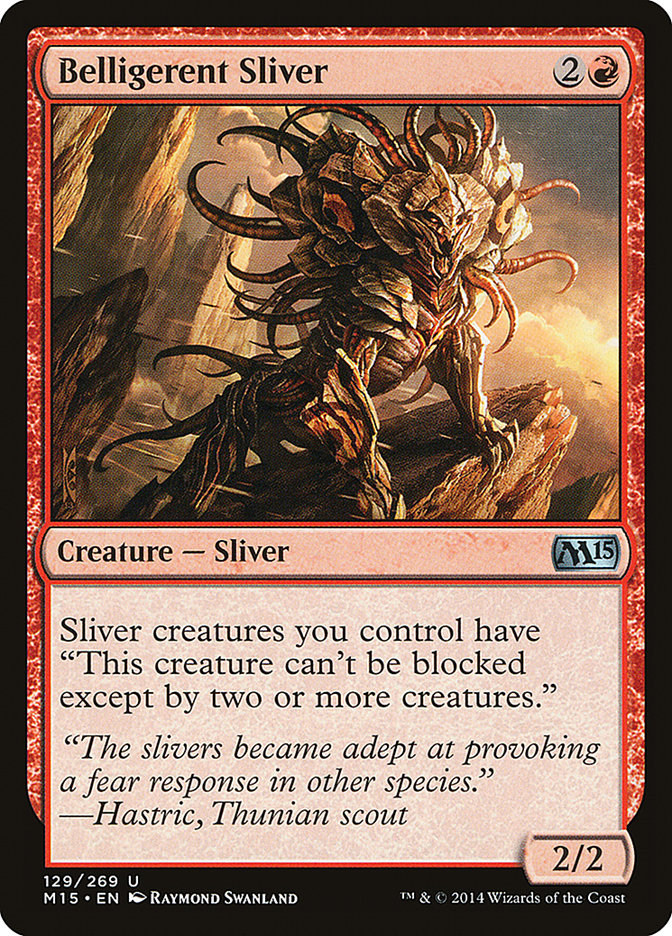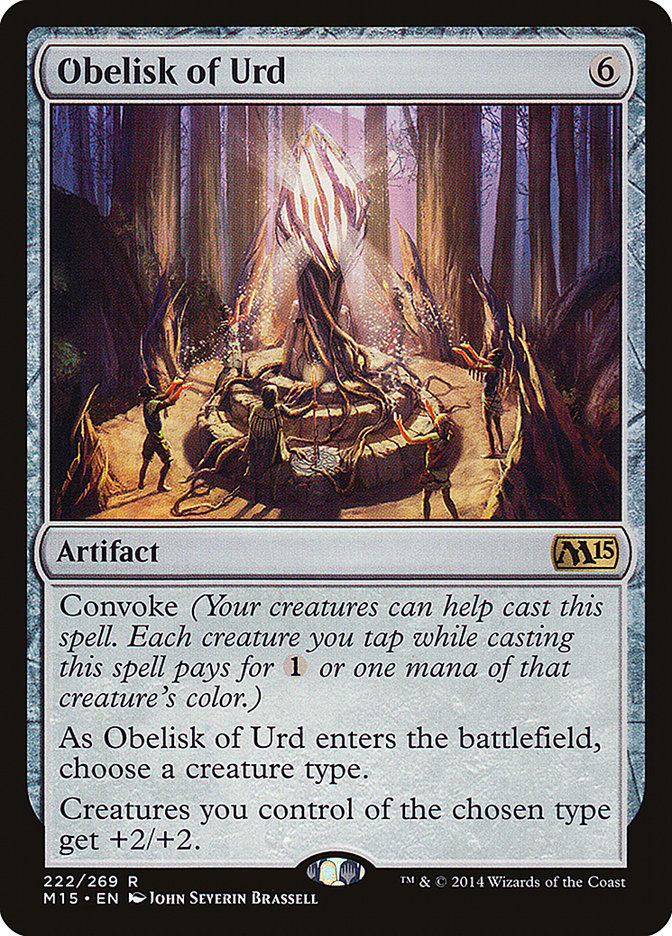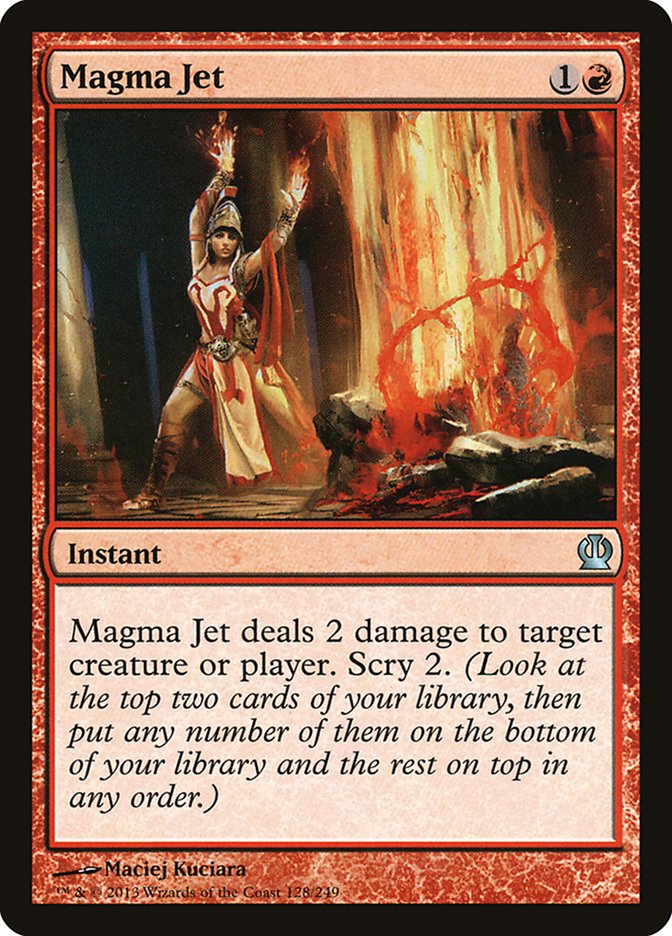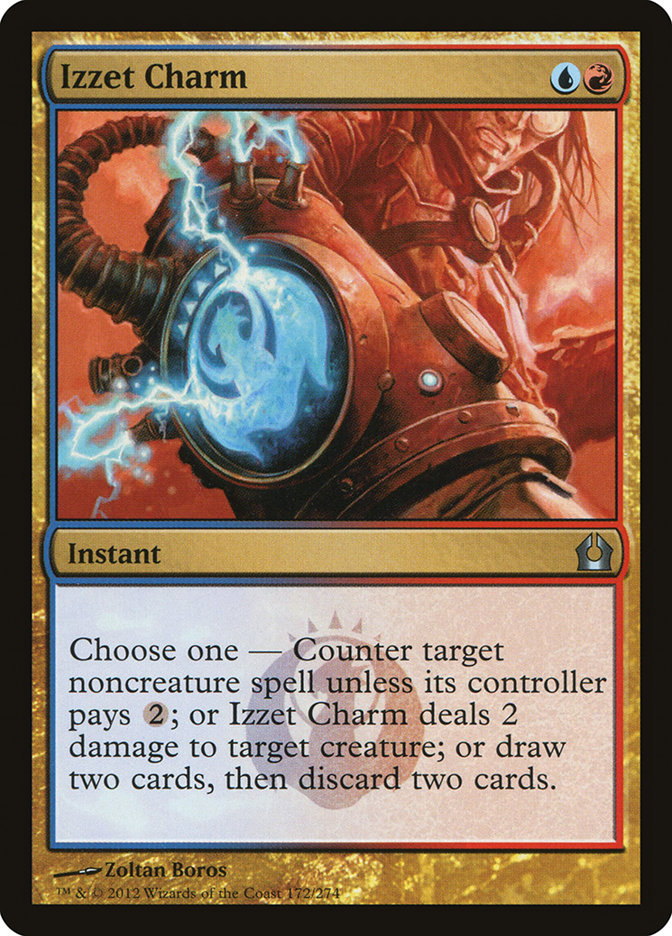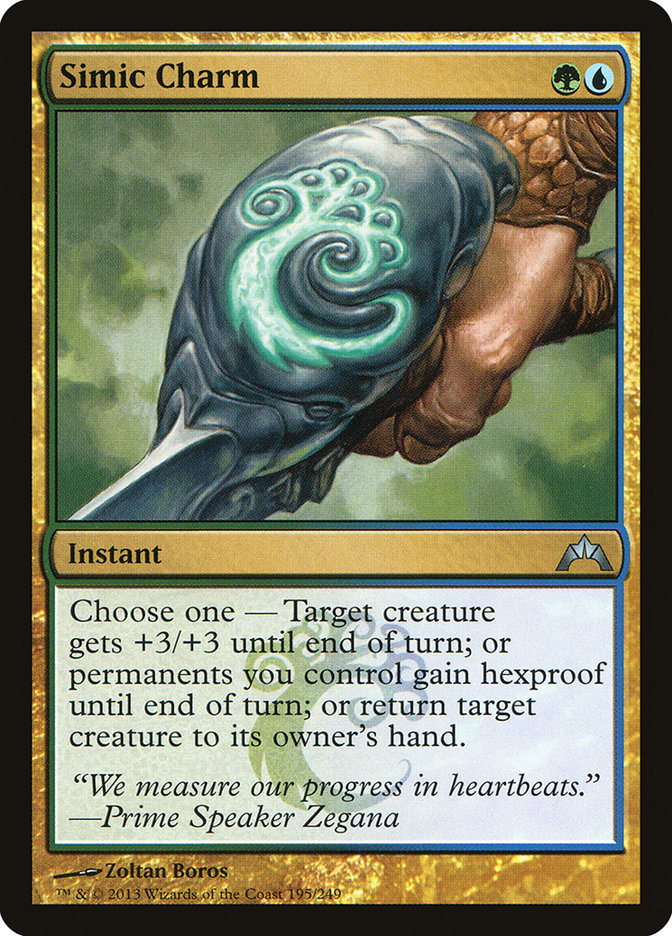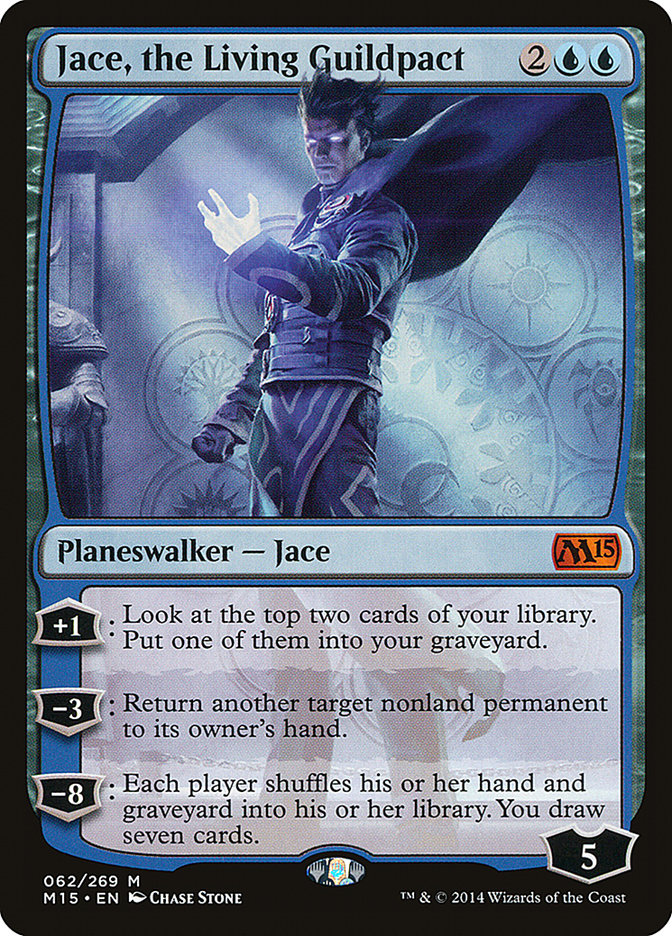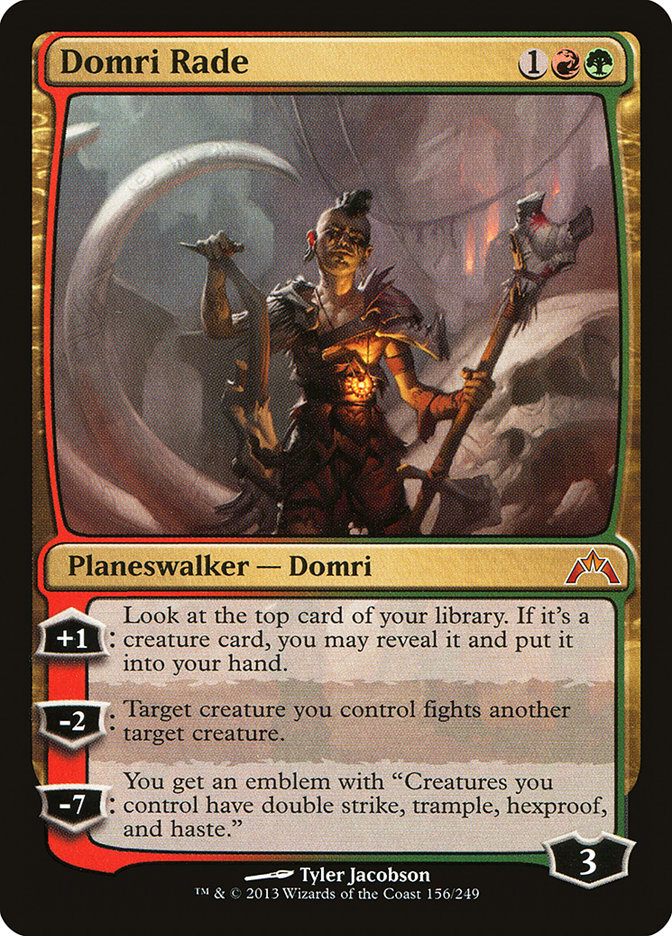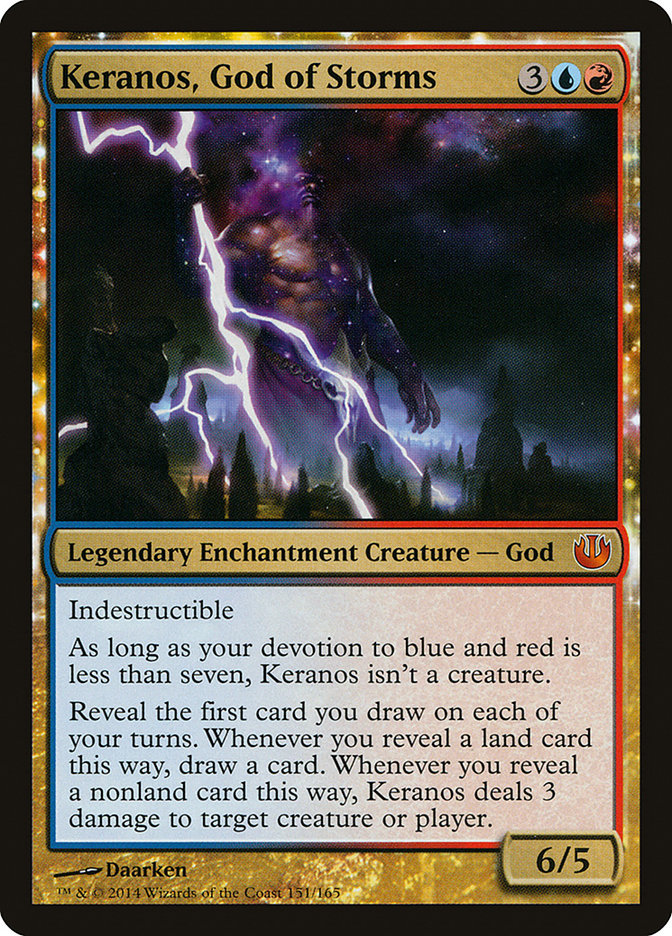There’s been some buzz as to whether Slivers is a “real” deck or not. The tools seem to be there yet no one has come up with the correct combination or perhaps found the right shell to make them work. Roy Reese recently started off 3-0 at the StarCityGames Standard Open in Baltimore with the archetype which is a step forward in reinforcing confidence that the deck can rattle off a few wins under competitive conditions. You can see his deck tech here.
Momentary Hall of Fame inductee (and future hopeful given public forgiveness)
Tomoharu Saito recently posted his take of Slivers on Twitter which features a 5-color configuration with more emphasis on acceleration with four Elvish Mystic and four Sylvan Caryatid. What I really like about the build are the Yisan, the Wanderer Bards and also the lack of Chord of Calling.
It’s notable that he’s not playing any Mutavaults. It’s becoming a realization that in order to play Sliver Hivelord you can’t afford to play a colorless land. The 5-color builds also lean heavily on Sliver Hive for mana fixing and end up having to play a ton of Mana Confluence to go along with them. Draws that have two-plus Mana Confluence end up dealing you a TON of damage, and slivers simply can’t end the game fast enough to casually ignore the life loss. Naya builds with Ghor-Clan Rampager and Boros Charm can, but slivers tends to be much slower and more about having a snowballing board presence.
So far we’ve seen decks that try to power out a Sliver Hivelord as early as turn 3 and hope it’s good, along with having mediocre toolbox options with the rest of the slivers and either Yisan, the Wanderer Bard or Chord of Calling. The draws without proper colors, a poor curve, that take a bunch of damage from its lands, or simply a bunch of “do nothing” 1/1 creatures are all the recipes for disaster.
A couple weeks ago I made a first attempt to streamline slivers in an article here. The general premise was to give up some optionality for better mana and a more consistent curve. Still, the deck tried to do a little too much of everything which often means a deck doesn’t do anything particularly well.
Chord of Calling has been an awkward one for me. Without effective silver (sliver?) bullets the card loses a lot of potency. Chording for eight to get Sliver Hivelord in response to a Supreme Verdict or an Anger of the Gods is a dream scenario that doesn’t actually materialize in play against competitive decks.
What about a build that uses Mutavault but not Sliver Hivelord? Can the deck function without being about to search up particular slivers on demand?
I say yes.
Creatures (32)
- 4 Blur Sliver
- 4 Striking Sliver
- 4 Thorncaster Sliver
- 4 Predatory Sliver
- 4 Galerider Sliver
- 4 Manaweft Sliver
- 4 Diffusion Sliver
- 4 Venom Sliver
Lands (24)

This is only 56 cards as I have four flex slots. Here we’re jamming all the cheap slivers to start the game hitting the ground running. Thorncaster Sliver, Predatory Sliver, and Diffusion Sliver all work well in multiples so I’m happy to run the full amount of those. The others don’t have abilities that stack, but each are so important in their own way that you want to have access to as many as you can.
Every once in a while, Shivan Reef or Yavimaya Coast will deal you three damage but generally it will do only one and will be better than a shockland in most instances. You have a fair amount of colorless mana symbols in the deck, including Mutavault and Sliver Hive activations so after the first few turns the painlands that you play will be painless.
So how about those flex slots? Slivers is a pretty flat deck and needs a few actual spells to keep your opponents on their toes. Let’s look at some options:
Taking a page right out of Mono-Blue Devotion’s book, this card is key to replenishing your supply of cards after you’ve cast a handful of small creatures. Galerider Sliver, Venom Sliver, and Striking Sliver make blocking tough and Blur Sliver can come down to hit immediately after a sweeper. On board stalls, you sometimes have an impenetrable wall of first strike and deathtouch but can’t quite race because your damage output is so slow. That’s when Bident of Thassa’s oft forgotten activated ability comes into play.
An ounce of prevention is worth a pound of cure. What’s better than recovering from a devastating five-for-one? Not letting it happen in the first place. Every deck has big powerful things that they’re trying to do, from a lethal Gray Merchant of Asphodel, Sphinx’s Revelation, or Garruk, Caller of Beasts. There comes a point in the game where you’ve played out your cards and are now leaving up mana to create a 1/1 from Sliver Hive, and that’s the time you conveniently leave up Syncopate.
Cheaper than Bident of Thassa, it’s possible to trigger enough times to be a good card. Many of your creatures are small ensuring that the opponent won’t die from combat damage before you can draw the maximum number of cards from Military Intelligence.
There’s also the option to forgo playing any utility spells and just jam in four more slivers. This guy is likely the worst option as its cost is a tad high, and its ability doesn’t work well in multiples. Belligerent Sliver is fairly helpful for racing but terrible in losing situations. If I were to play any, it’d be one, even though it looks a bit strange not being about to search it out.
When deciding whether or not to include this super-Glorious Anthem I asked myself whether this deck would want Dictate of Heliod if it was castable. The answer was unclear, and seeing how Obelisk of Urd is much worse I’m comfortable leaving it out of the deck but still mindful of its existence for when the time calls.
As of now, there deck has no removal outside of the Venom Sliver + Thorncaster Sliver combo. Because the manabase is so strict and you want to curve out efficiently, no temples are currently in the build. The scry from Magma Jet goes a long way when you have no other forms of library manipulation. Also it’s entirely possible that the lack of temples may be a mistake in the first place.
A split card of a removal spell and a counterspell that also acts some filtering functionality. Its mana cost is pretty restrictive and is really hurt by the fact that Sliver Hive can’t cast spells. I could see one making its way into the deck at some point to try to smooth things out.
It’s unfortunate that RUG doesn’t have a charm that lets you survive a sweeper like Boros Charm or Golgari Charm. Giving your permanents hexproof is reasonable in some situations but sadly doesn’t even stop Mizzium Mortars. Having a versatile pump spell and bounce spell can be nice, but suffers from the same restrictions as Izzet Charm.
The new Jace hasn’t quite found his home yet in Standard. Having access to a planeswalker in slivers presents another threat to your opponent from an axis they may not be ready for. The -3 bounce ability is a nice catchall and his +1 offers a bit of library manipulation where there otherwise isn’t any. I think you have to run either Bident of Thassa or him in the slot, but it’s entirely possible a one and one split is the way to go.
It’s very tempting to play Domri Rade in a deck with 32 creatures. The drawback is that his -2 is very poor in the archetype. Your slivers are very small and won’t survive any fights. In a build with Sliver Hivelord, it would be more of a consideration. Venom Sliver adds a few points to how useful he is, ensuring that although your creature will die, the deathtouch will take out any opposing creature regardless of size.
Talk about wanting to come at them from another axis, this guy presents a completely different threat. The nice thing is it isn’t too farfetched to turn Keranos into a creature in this deck, especially if you run Jace, the Living Guildpact or Bident of Thassa too. Part card advantage, part removal, and part game-ending reach, Keranos, God of Storms is certainly a powerful card to think about.
There is certainly a lot to be tested in the sliver archetype. The tools are there, but it’s a matter of which are the most efficient. I think a less flashy approach is a good place to start with less late-game effects and more focus on getting things going quickly. It’s a deck with eight manlands, often ensuring that after you’ve played everything, you can at least be activating or creating another creature which has the abilities of the other hive friends. A 1/1 for essentially six looks bad on paper, but it’s more than that and anything that doesn’t cost a card is A-Okay in my book.
So as for the sideboard? The flex slot cards are all good in different situations so let’s start with the ones that didn’t make the cut and figure out which matchups they would work in. This is what I like for slivers in Standard right now:
Creatures (32)
- 4 Blur Sliver
- 4 Striking Sliver
- 4 Thorncaster Sliver
- 4 Predatory Sliver
- 4 Galerider Sliver
- 4 Manaweft Sliver
- 4 Diffusion Sliver
- 4 Venom Sliver
Lands (24)
Spells (4)

Bonus Decklist – Duels of the Planeswalkers 2015
The most recent release of the franchise, Duels of the Planewalkers is a bridge that introduces new players to Magic before they ever set foot into a brick and mortar local game store and was reviewed earlier this week by Alexander Hinkley. For me it felt like nostalgic to the long-lost leagues of Magic Online where you’d start with six packs and get another pack every week until the month-long league finished.
After the single-player campaign is completed, players will end up with all the core cards of the game, including four of each common, three of each uncommon, two of each rare, and one of each mythic. I loved drafting the Spider Spawning deck in Innistrad and was pleasantly surprised to find out that there’s not much going on in DotP 2015 to mess with a graveyard strategy. This is what I’ve been battling with in the 1v1 queues:
Creatures (27)
- 1 Phyrexian Rager
- 4 Elvish Visionary
- 3 Child of Night
- 1 Vengevine
- 2 Rune-Scarred Demon
- 2 Elder of Laurels
- 1 Young Wolf
- 1 Shadowborn Demon
- 3 Nemesis of Mortals
- 4 Satyr Wayfinder
- 1 Soul of Zendikar
- 4 Necromancer's Assistant
Lands (24)
- 11 Forest
- 9 Swamp
- 4 Golgari Guildgate
Spells (9)


